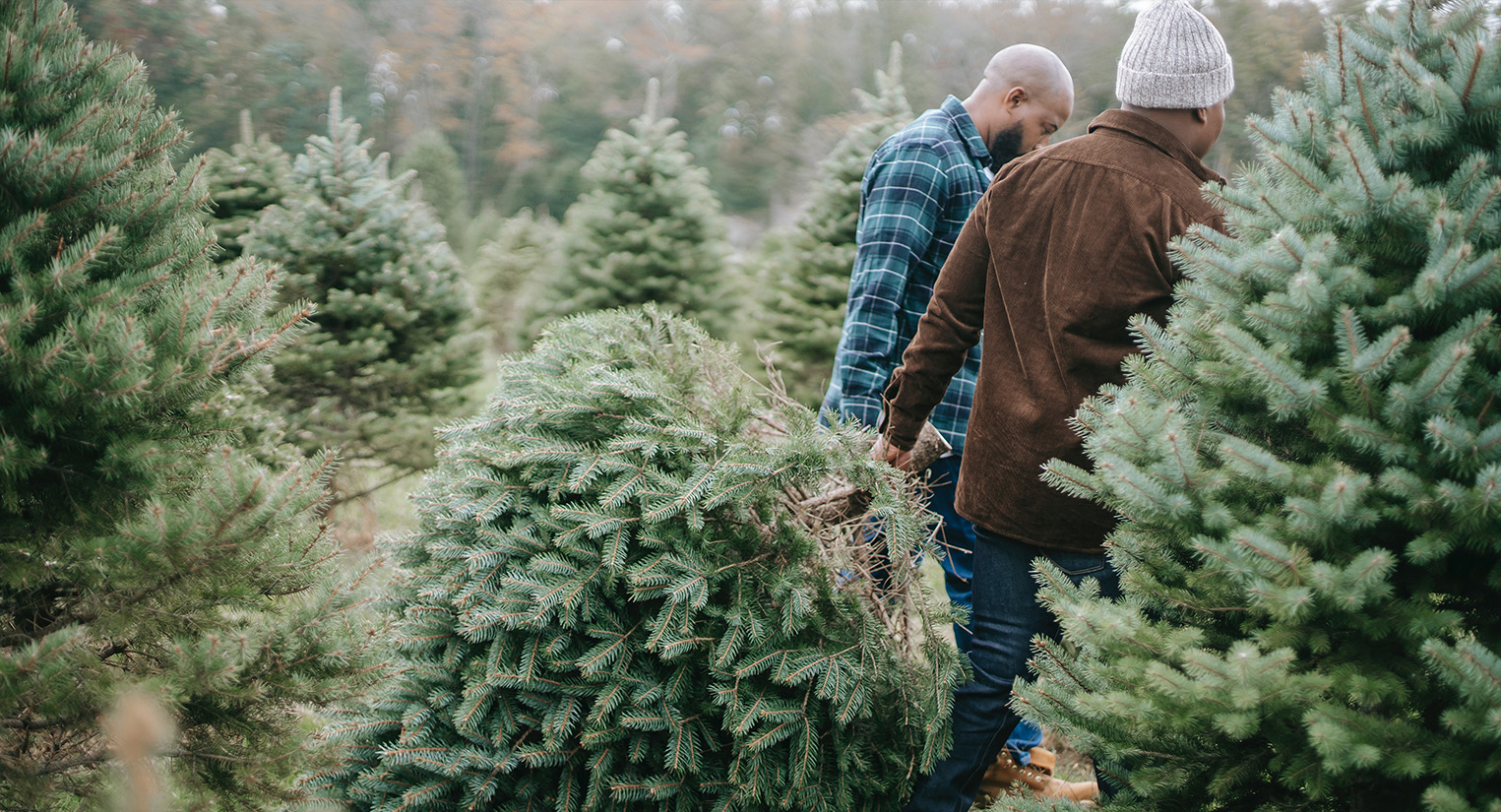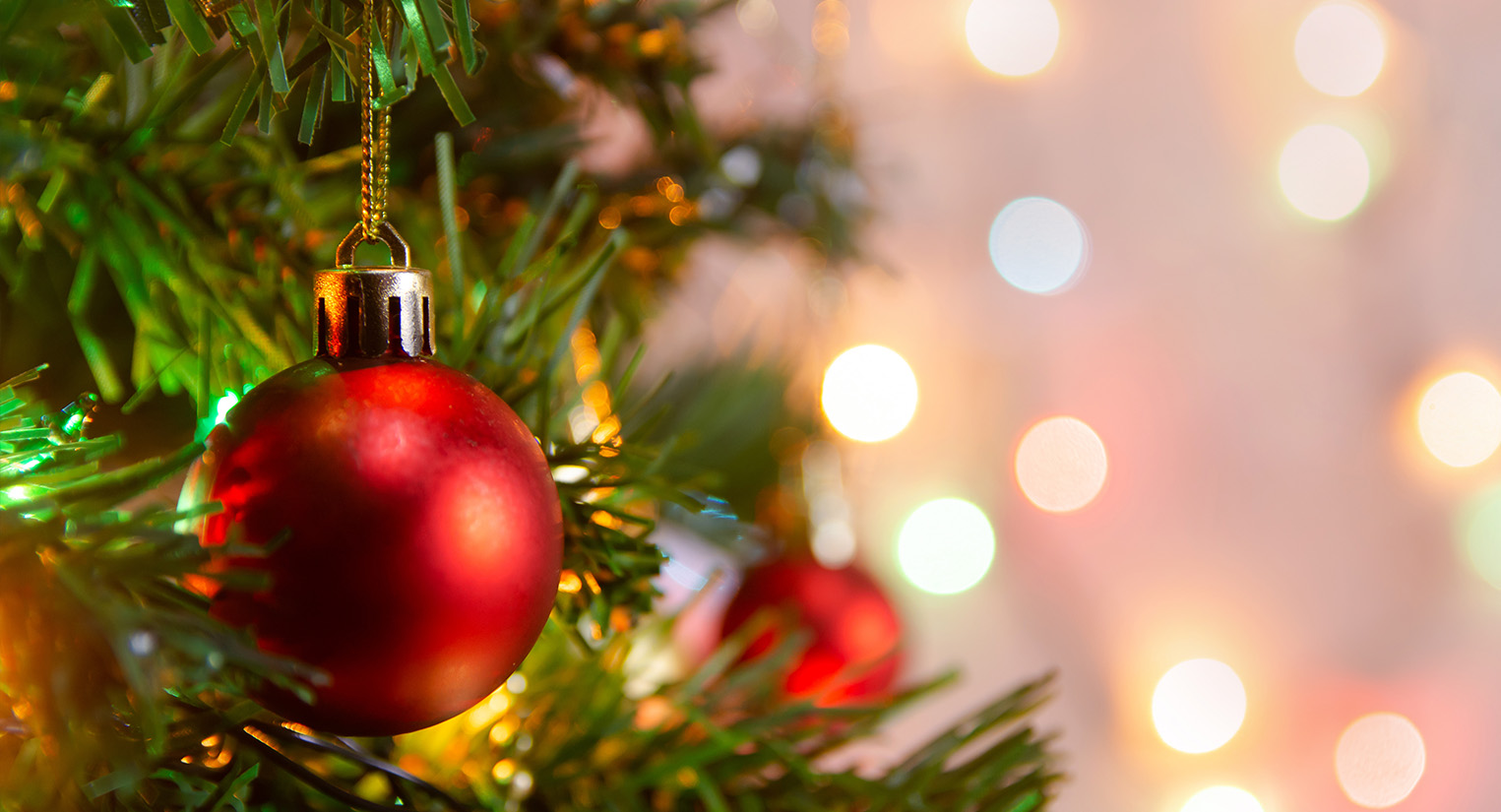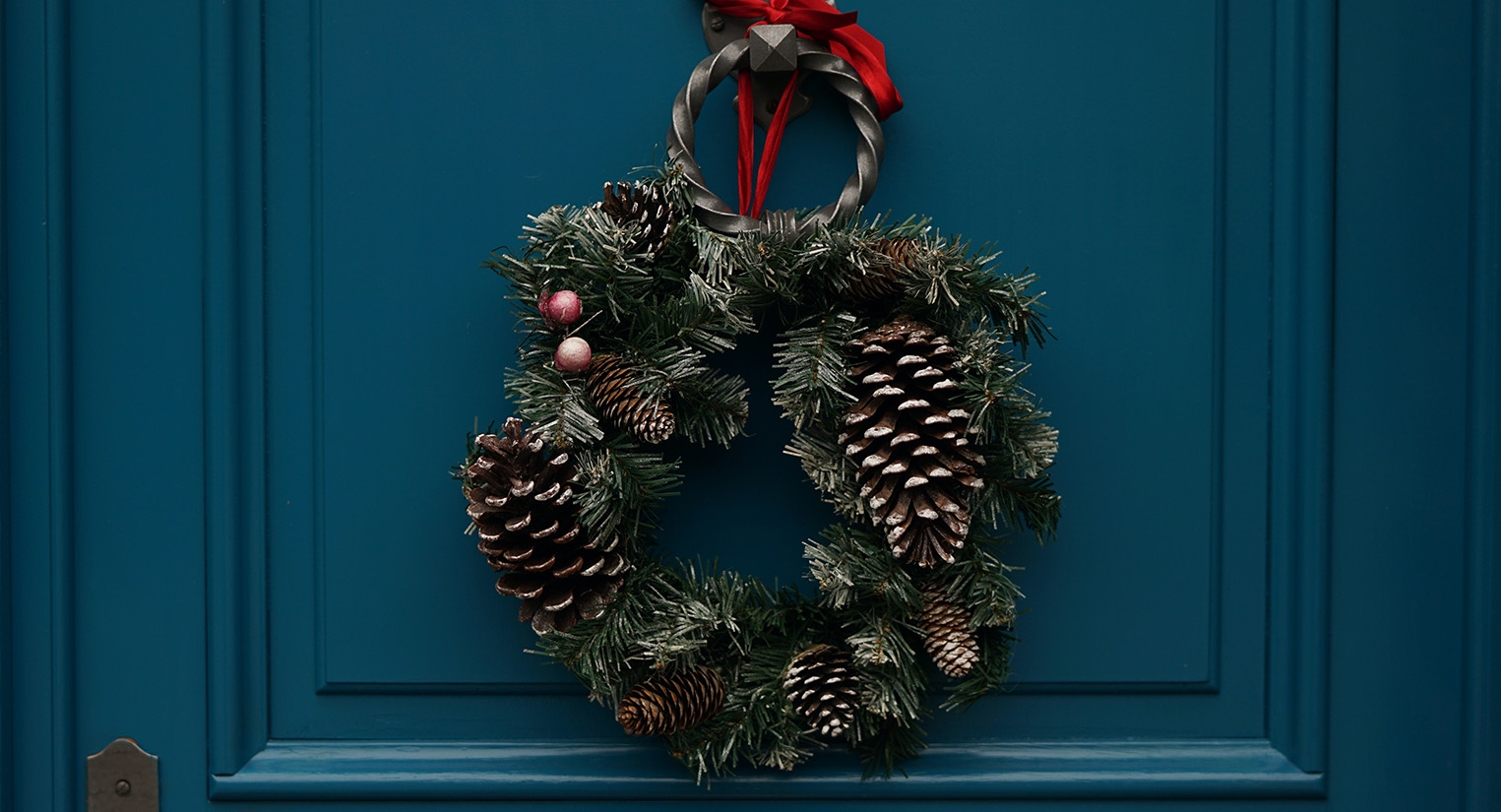The holiday season is upon us, and for those who enjoy celebrating the season with a live Christmas tree, prolonging the life of your tree will help keep the festivities going strong into the new year while protecting your home from potential fire hazards. We have compiled a few practical tips to help you pick and maintain a healthy Christmas tree while providing some tips to help avoid any seasonal safety hazards.

The first step in selecting the best Christmas tree is to choose one locally grown. Trees found pre-cut at a garden center or lot may have sustained damage during transportation, and freshness is only sometimes guaranteed. The best way to ensure a tree’s longevity is to start with the freshest tree possible. We recommend cutting your tree from a local tree farm. Before you begin your tree search:
1. Using a tape measure, evaluate the area where you want to set up the tree to ensure the tree you choose will fit in your space. Remember to account for additional vertical space if you plan to include a tree topper.
2. Once you have found the right size tree, gently shake the tree. If very few needles fall off, it is in good shape.
3. Examine the flexibility of the branches and needles. If they are brittle with no bounce, the tree is unhealthy and won’t last long once cut.
4. Ask the seller for a fresh trunk cut to help your tree absorb the most water at home.

Many tree farms offer to cut the trees for you, but keep in mind that you may need to make additional cuts before you place your tree in its stand. Once you arrive home, inspect the bottom cut to ensure it is completely flat across. A leveled tree base will help the tree to safely sit upright in the stand and will maximize water absorption. If you need to store the tree before setting it up indoors, ensure it sits in a bucket with fresh water in an area away from wind, snow, and freezing temperatures. If you have stored your tree, examine the base again for sap buildup that can block the tree from absorbing water. If sap has formed over the bottom of the trunk, make another one-inch cut to the bottom before setting it up in its stand.

A fresh Christmas tree is thirsty and requires a stand that can hold at least one gallon of water. Most trees will absorb up to 1 quart of water per day for each inch of diameter on its base. If your tree is soaking up a lot of water, this is a good sign that the tree is fresh and hydrated.
To avoid a dehydrated tree, fill the water reservoir daily. Too little water can allow sap to form and block water absorption. An under-watered tree will dry out quickly, drop dry pine needles, and make your tree appear bare and unsightly during the holidays. Ensure you keep your tree away from heat vents, radiators, or fireplaces that can dry out your tree and water supply. Dry pine needles are highly flammable and should never sit near a high heat source or flame.
Additionally, if you have small children or animals in your home, consider securing the tree to the wall using wire and clasps. Fastening your tree will prevent a tip-over that could result in hazards like broken ornaments and spilled water near electrical outlets.

If Christmas has passed, don’t wait to take down your tree. If your tree has remained healthy, removing it soon after the holiday season has ended will help you avoid the cleanup of messy pine needles that drop from a dry, dead tree. If you are unsure of how to dispose of your Christmas tree, many local municipalities have tree recycling days where trees can be picked up or dropped off, depending on your location.
We hope you and your loved ones are looking forward to a safe and happy holiday season. If you need help with your landscape maintenance, contact us to schedule an appointment.
